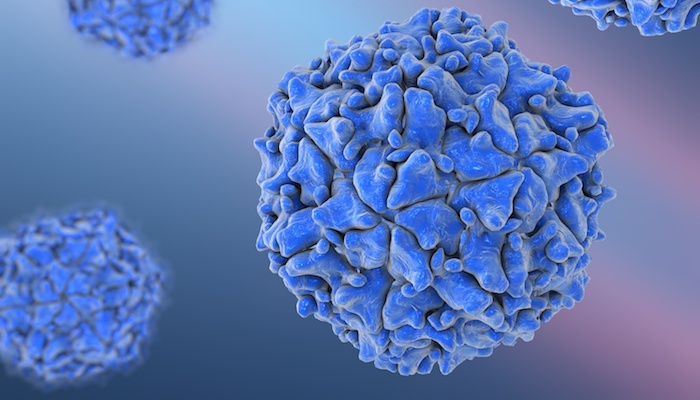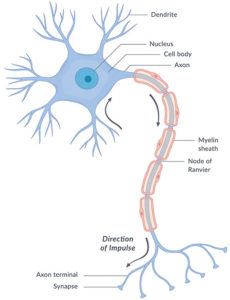POST-POLIO SYNDROME

Post-Polio Syndrome is a condition that occurs in people who contracted polio at an early age. Although recovery took place, after decades, an average of 30 to 40 years, symptoms reoccur.
SYMPTOMS
- progressive muscle, joint weakness and pain
- general lack of energy while active
- atrophy of muscles
- lack of oxygen levels

Nerve Cell (neuron) - problems swallowing-
- sleep apnea
- cold weather intolerance
Generally, post-polio syndrome is a slow downward progression in a person’s ability to function independently.
CAUSES
At the time of infection, polio virus affects motor neurons, specifically in your spinal cord which are the electrical impulses between your brain and your muscles.
A neuron consists of three components:
- a cell body
- Axon-major branching fiber
- Dendrites-smaller branching fibers
Polio will damage or destroy many motor neurons. The remaining neurons sprout new fibers to compensate for the shortage thus enlarging surviving neurons. As such, the process promotes recovery use of your muscles, yet increases the nerve cell body to provide nourishment for the additional fibers. Over time, the existing neurons become stressed, eventually becoming too much for the neuron, leading to the degradation of the sprouted fibers, and eventually the neuron itself.
RISK FACTORS OF POST-POLIO SYNDROME
- Severity of original polio infection- The more severe the original disease, the more signs and symptoms of post-polio syndrome.
- Age factor- Polio developed as an adolescent or adult, rather than as a child, increases the risk of developing post-polio syndrome.
- Recovery- Greater the recovery after acute polio, means there is greater risk of post-polio syndrome developing because greater recovery leads to increase stress on motor neurons.
- Excessive physical activity- Intense exercise tends to over work already stressed remaining neurons, thus increasing risk of post-polio syndrome.
COMPLICATIONS
Severe muscle weakness may lead to:
- Falls due to weakness in your leg muscles.
- Malnutrition, dehydration, pneumonia- Muscles involved in chewing and swallowing can be affected- Thus, choking may cause lack of oxygen and it follows aspiration pneumonia.
- Chronic Respiratory Failure- Weakness in muscles leading to your diaphragm and chest makes it harder to take deep breaths and cough thus causing fluids and mucus to build in your lungs.
- Osteoporosis- Prolonged inactivity and immobility can lead to loss of bone density and osteoporosis.
IN CLOSING
Impairment in legs is usually treated with AFO’s (Alterior Foot Orthotic), a brace, if you will, fitted around your foot and calf. In turn, when placed inside a properly designed (extra depth) shoe, it provides added mobility and stability. We here at BODELL’S COMFORT FOOTWEAR are experts in fitting and knowledge of this type of disability.